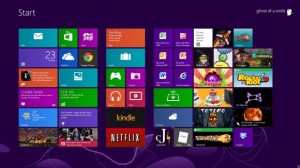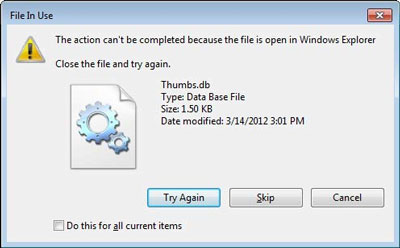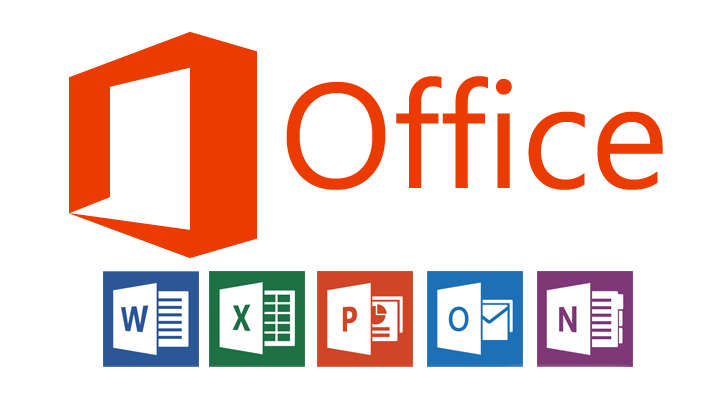Top 5 Windows 8.1 Settings You Should Know Of

Since the release of Windows 8, a lot of things changed in it. Windows 8.1 not only kind of brought the Start button functionality, but it also introduced a lot of new settings to PC Settings. A lot of them are easy to find and use, but some of them are hidden too well for a non-geeky person to be able to use them. We’ve decided to uncover some of these settings and tell you about them in this article.
First of all, let us remind you how to get to the Control Panel the easy way. You don’t have to fumble around to get there – just press the Windows Key + X and then select Control Panel from the menu that appears. Ok, that was just a reminded, so let’s progress to those useful PC Settings.
What Are PC Settings in Windows 8.1?
A lot of new Windows 8.1 users are not sure what exactly are PC Settings. The answer is very simple – PC Settings are the Metro UI version of the Control Panel. From there you can manage your PC or Windows 8 touchscreen device in an easy way. That is, once you get used to them. Many of these settings are unique to the Start screen and they are mostly geared towards touchscreen users.
Useful Windows 8.1 Settings
And now let’s take a look at these handy Windows 8.1 settings that we promised to tell you about.
1. Customize your devices
The Devices setting is very similar to Devices and Printers that existed in previous Windows versions. They are easy to customize and there are a lot of presets that you can use to add different devices. It doesn’t show multimedia devices, which you can edit from the Control Panel.
2. Accounts
This setting is similar to User accounts in the Control Panel. What you need to know is that in Windows 8.1 the basic account settings have been moved from the Control Panel to Accounts. From there you can disconnect your account from Microsoft and make it a local account and change your log in options, enable a picture password and so on.
3. Search and Apps
This settings category has everything to do with the Start screen, searching for apps and installing them, and searching the Web. By default your search engine is set to Bing. If you want to keep your search local and prevent your computer from searching the Web every time you need to find a file on your PC. There is also an option to clear your history.
4. App Notifications
This option can be found under Search and Apps. It’s really handy because you can manage your app notifications and decide which ones to get and which ones to disable. You can also choose which apps icons to display on the taskbar. We know from experience that this setting makes using Windows 8.1 a lot less annoying.
5. Sync Settings
And last but not least, there are Windows 8.1 sync settings. They are great for syncing your content with SkyDrive, and they also work for syncing your apps, browsers, passwords and other things. Configure them to work best for you and you’ll see how much more efficient you will become.




